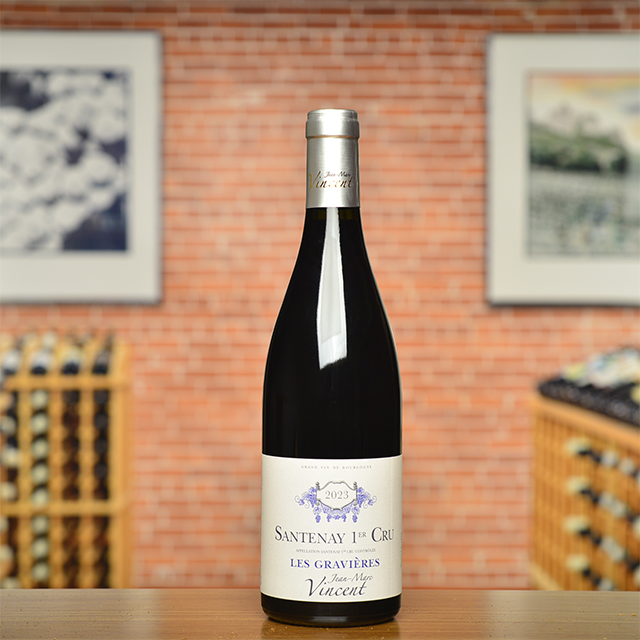Notify me
2018 Vouvray “La Moelleuse”
Champalou
This is the Champalous’ late-harvest wine, gently sweet yet retaining the mouthwatering acidity that Chenin from the great sites of the Loire can provide. Moelleux, or the feminine moelleuse, is a French word describing texture that canalso be used to describe food. “Smooth” and “tender” are both translations. Making a moelleux requires harvesting later, thus achieving higher natural sugar, which provides glycerin in the wine. The trick is to perfect the balance between the decadent textural component and a certain freshness, in order to leave the palate invigorated. The Champalous’ Moelleuse achieves just that and is one of the best ways I can think of to finish an evening at table.
—Dixon Brooke
| Wine Type: | dessert |
| Vintage: | 2018 |
| Bottle Size: | 500mL |
| Blend: | Chenin Blanc |
| Appellation: | Vouvray |
| Country: | France |
| Region: | Loire |
| Producer: | Champalou |
| Winemaker: | Catherine & Didier Champalou |
| Vineyard: | 20 years average, 3.5 ha |
| Soil: | Clay, Limestone |
| Farming: | Sustainable |
| Alcohol: | 11.5% |
More from this Producer or Region
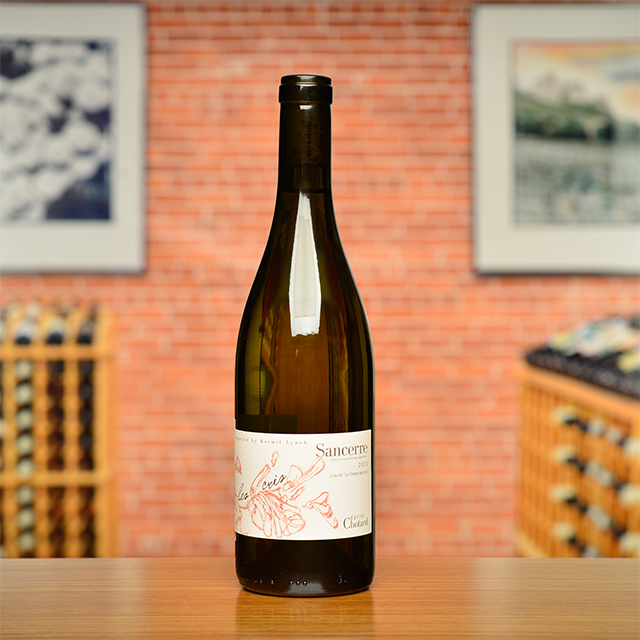
2023 Sancerre “Les Cris”
France | Loire
Simply gorgeous, the Cris is sublimely perfumed, generous on the palate, and long and saline on the elegant finish.
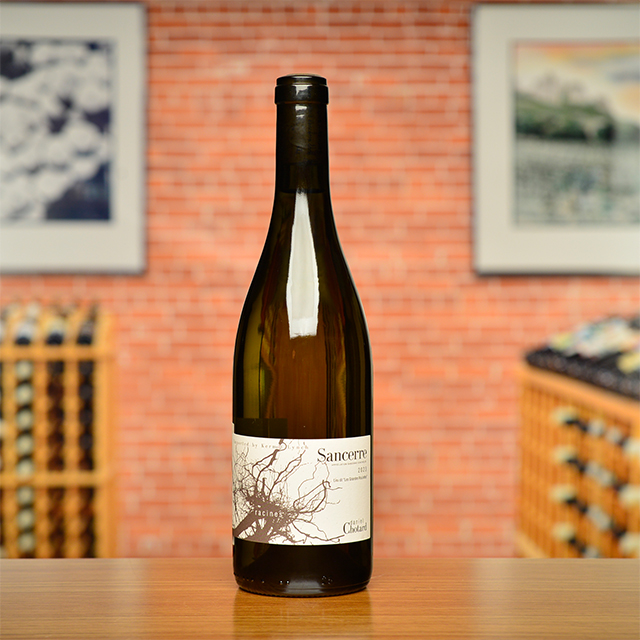
2023 Sancerre “Racines”
France | Loire
It combines the racy acidity and taut mineral structure imparted by the Kimmeridgian limestone terroir with a subtle kiss of oak and a fine wood grain on the finale.

2023 Vouvray “Pierres Rousses”
France | Loire
This wine is deep and textural, with serious presence on the palate and a dry, flinty finish.
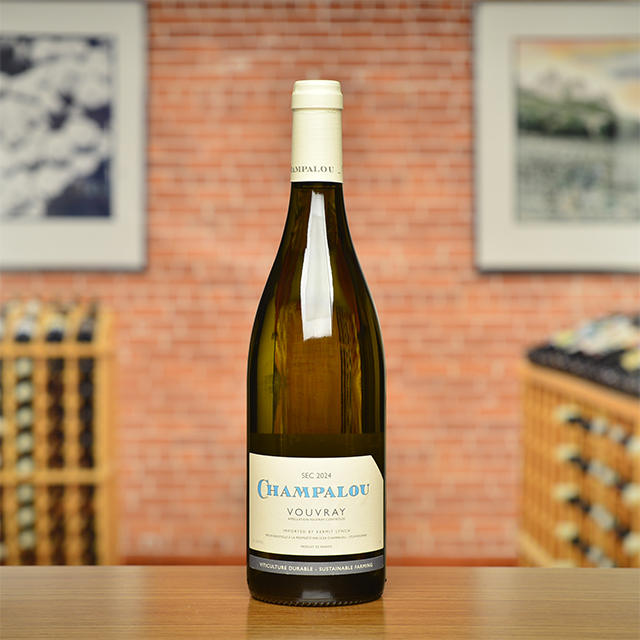
2024 Vouvray
France | Loire
Gentle and refreshing on the palate, it boasts a delightful balance of stony minerality with luscious, almost honeyed fruit and flowery notes.
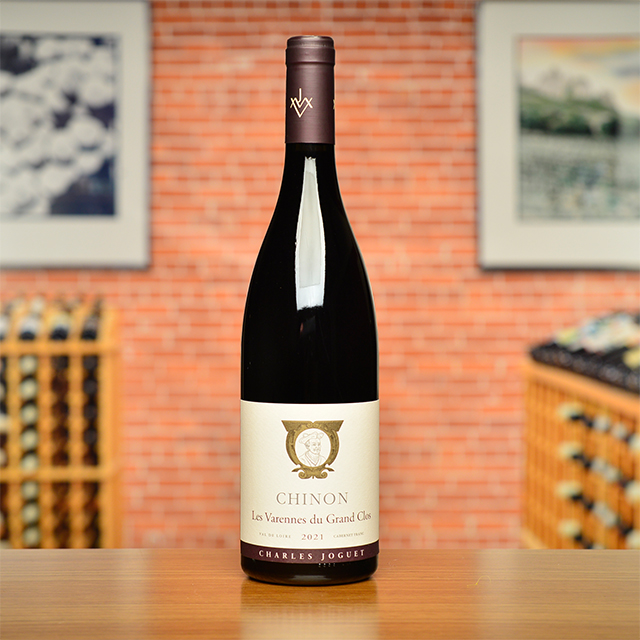
2021 Chinon “Les Varennes du Grand Clos”
France | Loire
With floral aromas and fine-grained tannins, it already showcases its charms.
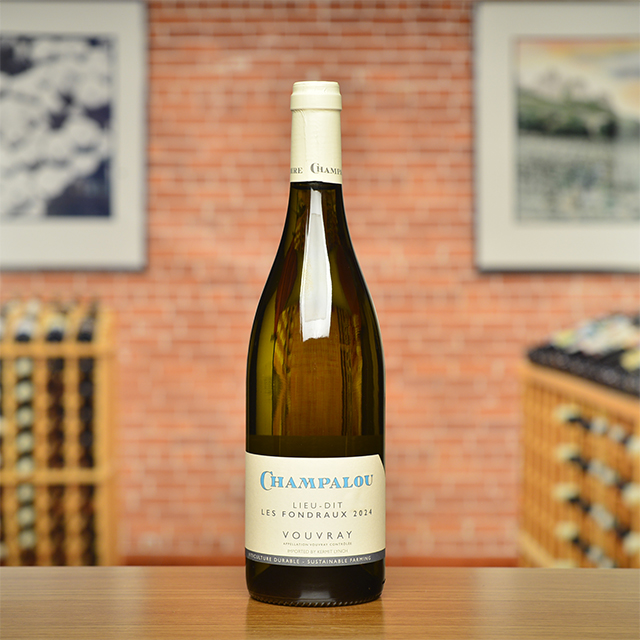
2024 Vouvray “Les Fondraux”
France | Loire
The contrast of ripe, succulent Chenin Blanc fruit with a spike of flinty minerality is like licking honey off an arrowhead.
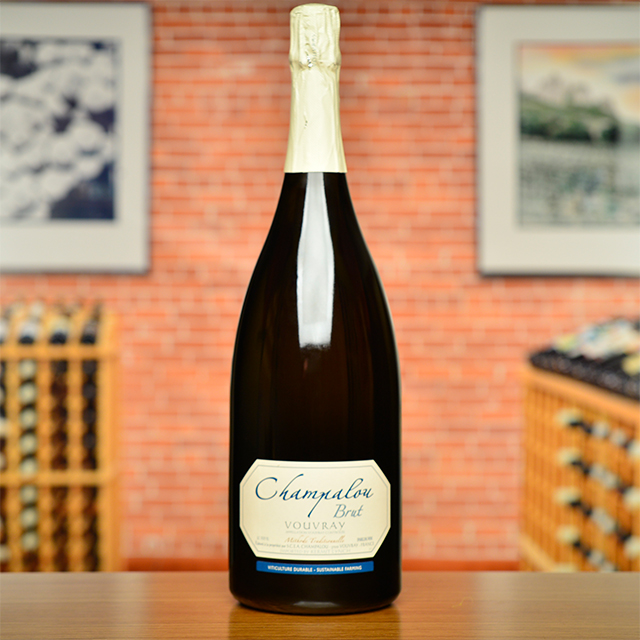
Vouvray Brut MAGNUM
France | Loire
A bubbly for any day of the week–bone-dry and super fresh

Vouvray Brut
France | Loire
From clay and limestone vineyards, they are able to obtain remarkable complexity in their Brut, while the texture shows both a creamy richness and an austere minerality.

2021 Chinon “Le Clos Guillot”
France | Loire
October Club Rouge ~ Even though all of the wines hail from Chinon, the soil, elevation, and exposition all combine to make Le Clos Guillot their cuvée with the most finesse.

2022 Chinon “Cuvée Terroir”
France | Loire
The perfect combination of tart red fruit, herbaceousness, and graphite earthiness.
About The Producer
Champalou
About The Region
Loire

The defining feature of the Loire Valley, not surprisingly, is the Loire River. As the longest river in France, spanning more than 600 miles, this river connects seemingly disparate wine regions. Why else would Sancerre, with its Kimmeridgian limestone terroir be connected to Muscadet, an appellation that is 250 miles away?
Secondary in relevance to the historical, climatic, environmental, and cultural importance of the river are the wines and châteaux of the Jardin de la France. The kings and nobility of France built many hundreds of châteaux in the Loire but wine preceded the arrival of the noblesse and has since out-lived them as well.
Diversity abounds in the Loire. The aforementioned Kimmeridgian limestone of Sancerre is also found in Chablis. Chinon, Bourgueil, and Saumur boast the presence of tuffeau, a type of limestone unique to the Loire that has a yellowish tinge and a chalky texture. Savennières has schist, while Muscadet has volcanic, granite, and serpentinite based soils. In addition to geologic diversity, many, grape varieties are grown there too: Cabernet Franc, Chenin Blanc, Sauvignon Blanc, and Melon de Bourgogne are most prevalent, but (to name a few) Pinot Gris, Grolleau, Pinot Noir, Pineau d’Aunis, and Folle Blanche are also planted. These myriad of viticultural influences leads to the high quality production of every type of wine: red, white, rosé, sparkling, and dessert.
Like the Rhône and Provence, some of Kermit’s first imports came from the Loire, most notably the wines of Charles Joguet and Château d’Epiré—two producers who are featured in Kermit’s book Adventures on the Wine Route and with whom we still work today.
More from Loire or France
2024 Sancerre Rosé
Domaine Roger Neveu France | Loire
2024 Menetou-Salon Blanc “Le Prieuré”
Prieuré de Saint Céols France | Loire
Vouvray Brut “La Dilettante”
Catherine & Pierre Breton France | Loire
2024 Coteaux du Loir Rouge “Cuvée du Rosier”
Pascal Janvier France | Loire
2021 Chinon “Les Varennes du Grand Clos”
Charles Joguet France | Loire
2020 Saumur-Champigny “Franc de Pied”
Thierry Germain France | Loire
2020 Vin de France Blanche
Domaine Michel Brégeon France | Loire
2023 Chinon “Les Grézeaux”
Bernard Baudry France | Loire
2024 Reuilly “Les Pierres Plates”
Domaine de Reuilly France | Loire
2017 Jasnières “Chant de Vigne”
Christine de Mianville France | Loire
2024 Vin de France Rosé Brut “Elle est pas bulle la vie?”
Catherine & Pierre Breton France | Loire
2024 Jasnières
Pascal Janvier France | Loire
2024 Sancerre Rosé
Domaine Roger Neveu France | Loire
2024 Menetou-Salon Blanc “Le Prieuré”
Prieuré de Saint Céols France | Loire
Vouvray Brut “La Dilettante”
Catherine & Pierre Breton France | Loire
2024 Coteaux du Loir Rouge “Cuvée du Rosier”
Pascal Janvier France | Loire
2021 Chinon “Les Varennes du Grand Clos”
Charles Joguet France | Loire
2020 Saumur-Champigny “Franc de Pied”
Thierry Germain France | Loire
2020 Vin de France Blanche
Domaine Michel Brégeon France | Loire
2023 Chinon “Les Grézeaux”
Bernard Baudry France | Loire
2024 Reuilly “Les Pierres Plates”
Domaine de Reuilly France | Loire
2017 Jasnières “Chant de Vigne”
Christine de Mianville France | Loire
2024 Vin de France Rosé Brut “Elle est pas bulle la vie?”
Catherine & Pierre Breton France | Loire
2024 Jasnières
Pascal Janvier France | Loire
Where the newsletter started

Where the newsletter started
Every three or four months I would send my clients a cheaply made list of my inventory, but it began to dawn on me that business did not pick up afterwards. It occurred to me that my clientele might not know what Château Grillet is, either. One month in 1974 I had an especially esoteric collection of wines arriving, so I decided to put a short explanation about each wine into my price list, to try and let my clients know what to expect when they uncorked a bottle. The day after I mailed that brochure, people showed up at the shop, and that is how these little propaganda pieces for fine wine were born.—Kermit Lynch









